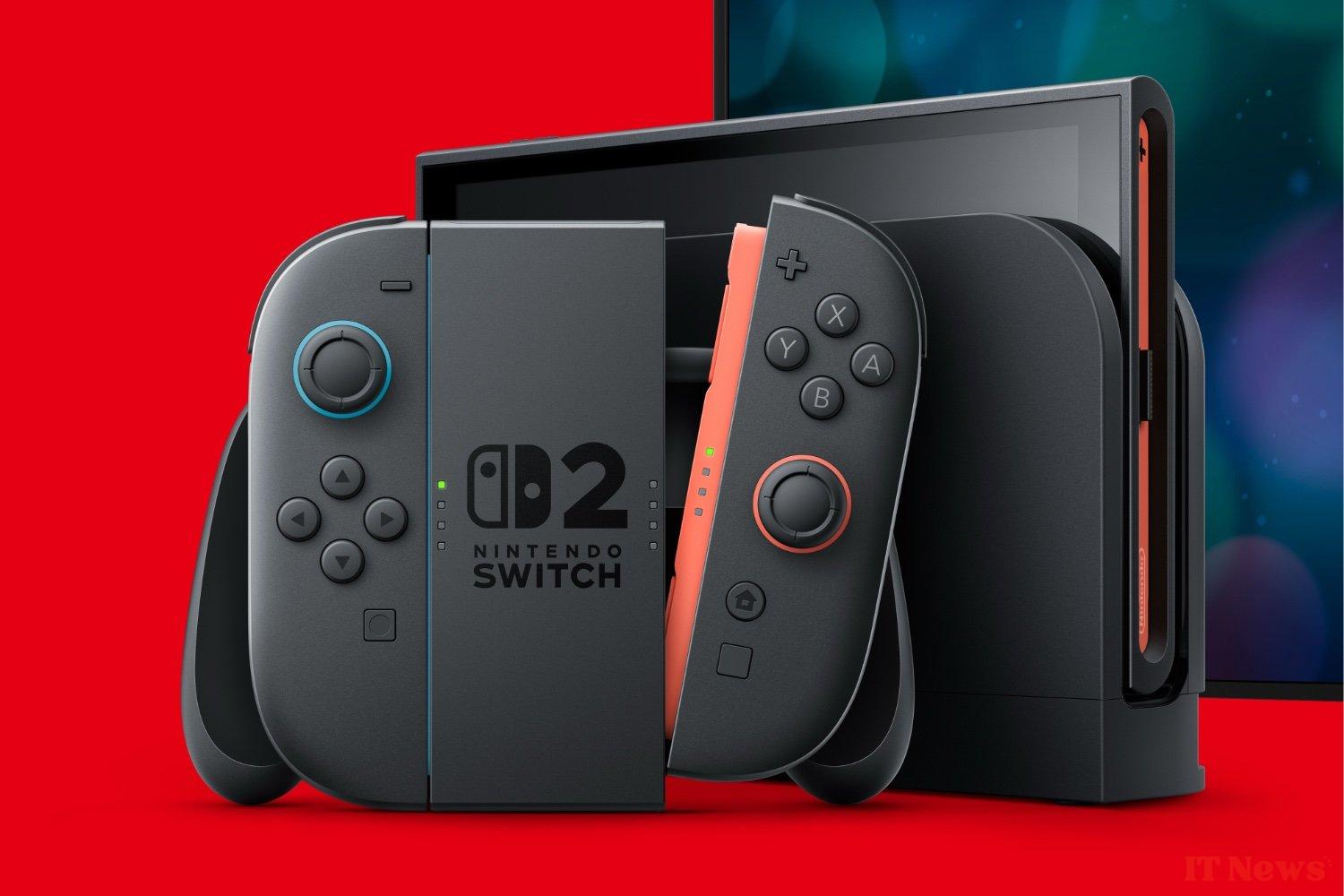How much will the Nintendo Switch 2 cost? This is undoubtedly one of the most burning questions that the Kyoto firm should answer during its live broadcast on April 2, 2025. Indeed, for the time being, the official information surrounding the successor to the Switch 1 is limited to a short teaser video of just over 2 minutes. Nintendo presents the design, as well as a very likely Mario Kart as a launch game.
So there are still many unknowns: the screen is larger, of course, but how big will it be? Is it an Oled or LCD panel? How much power will be available to players? What about battery life? And above all, what price will you have to pay to be able to play the next titles of its flagship licenses, Mario, The Legend of Zelda or even Pokémon?
Inflation complicates everything
Since the beginning of the 90s, Japan has experienced a long period with extremely low inflation. But since 2022, it has started to rise again, leading to a fall in the value of the yen, the Japanese currency, against the dollar and the euro.
And this necessarily counts a lot in the price of the future console. During a Q&A session dedicated to Nintendo's third quarter of its fiscal year, Shuntaro Furukawa, chairman of the board of directors, had a word on the subject (automatic translation done with Google Translate):
A ridiculously low yen price
In his statement, Shuntaro Furukawa sets out a number of interesting principles for determining the console's price. This situation is a real headache for the company with the red cap, since it has to sell its machine at an "affordable price", a cardinal principle for many years for the company.
A principle that will be complicated to follow. Indeed, as Ars Technica points out, while Nintendo has everything to gain by increasing the price of its console abroad, it is not possible for it to do the same in Japan. Let's explain this with an example: the price of the Nintendo Switch 1 in France was 330 euros at launch in March 2017. If we apply 21.7% inflation since that date, we arrive at 402 euros, which brings us to a launch price of around 399 euros without doubt.
On the other hand, if we do the same calculation for the price of the console in yen, we go from 29,980 yen at launch, or 249 euros in 2017, to 33,787 yen, or 213 euros in 2025.
The Switch 2 must remain affordable in Japan while avoiding a massive import
Clearly, selling a Switch 2 in Europe or the United States would bring in much more money than in Japan. If Nintendo wanted to match the hypothetical price of 399 euros in France, it would have to reach 63,280 yen, an increase of 111% from one console to another. Not really in line with the principle of affordable pricing and unlikely, given that Japan still represents 1/4 of the console's sales.
Conversely, resellers could be tempted to import Switch 2s from Japan to lower prices. Nintendo always has the option of creating region-locked models, which would solve the problem. But this is a rather unlikely idea knowing that the Switch 1 is not geographically locked.
The situation should become even more complicated in the case of the United States, as the new Trump administration threatens to implement customs duties. The Entertainment Software Association (ESA) issued a statement warning on the subject:
Other information: Nintendo does not plan to lower the price of its first Switch in anticipation of the launch of the second. The price reduction, if it is to come, will wait at least until the launch.



0 Comments